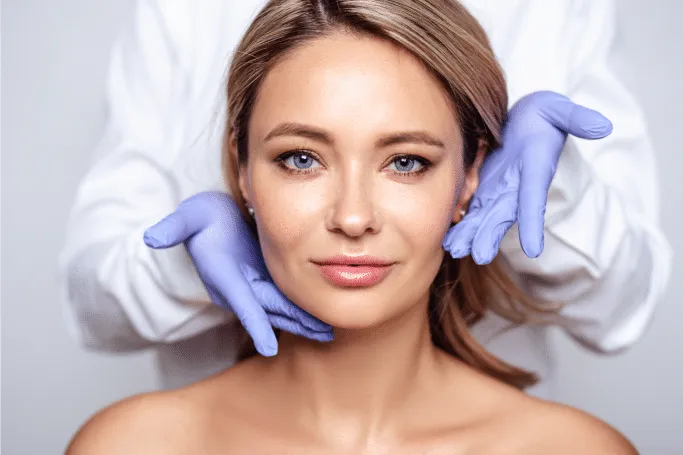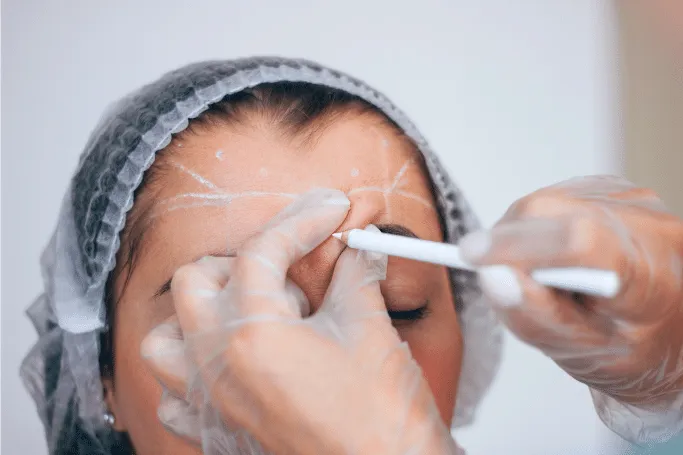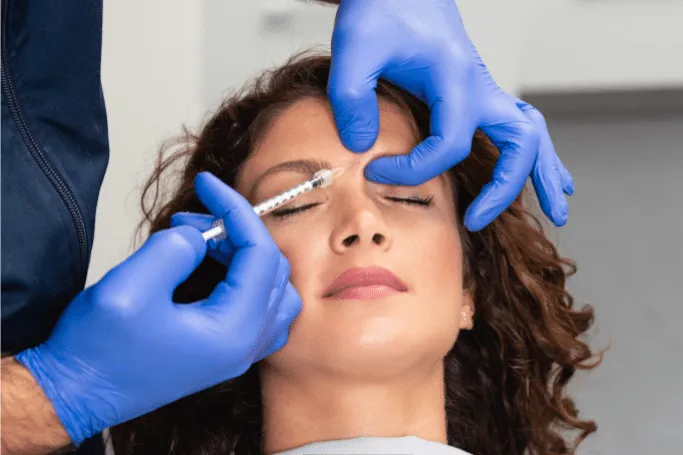What is the difference between Botox and Dysport ?

In recent years, two of the most popular cosmetic treatments available have been Botox and Dysport. Both work to reduce the appearance of wrinkles by relaxing the muscles in the face, but there are some key differences between the two. In this post, we'll take a look at what those differences are, so that you can decide which treatment is right for you as they are different drugs with unique properties.
Basics about Dysport and Botox
What is Dysport?
Dysport is a prescription injection for temporarily improving the look of moderate to severe frown lines between the eyebrows without changing the look of the rest of your face. It works by blocking nerve impulses to the muscles that cause those persistent lines.
What is Botox?
Botox is a neuromodulator that is most commonly used for cosmetic purposes. It works by temporarily paralyzing the muscles in the face, which reduces the appearance of wrinkles. Botox can also be used to treat conditions such as migraines, muscle spasms, and excessive sweating.
Difference between Botox and Dysport
Botox and Dysport are both types of non surgical treatments that can be used to improve the appearance of wrinkles. Both treatments work by temporarily paralyzing the muscles that cause wrinkles, giving the skin a smoother, more youthful appearance.
Here's a breakdown of the key differences between Botox and Dysport:
• Botox is made from botulinum toxin type A, while Dysport is made from botulinum toxin type B. These different toxins can cause different results.
• Botox is a trademarked name, while Dysport is a generic name.
• Botox has been FDA-approved for cosmetic use since 2002, while Dysport was FDA-approved in 2009.
• Botox treatments tend to last longer than Dysport treatments, typically 4-6 months compared to 3-4 months.
• Botox is injected into specific muscles in the face to smooth wrinkles, while Dysport is injected into the skin itself.
• Botox treatments typically take effect within a week, while Dysport treatments may take up to two weeks to take effect.
• Side effects from Botox and Dysport are generally rare and mild, but can include bruising, swelling, headache, and droopy eyelids.
• Botox can be used to treat conditions such as migraines, excessive sweating, and urinary incontinence, while Dysport is primarily used for cosmetic purposes.
• While the average cost of a Dysport procedure session is around $400, a session of Botox procedure costs anywhere between $300-600 on average.
Which is more effective procedure: Botox or Dysport
Both, Botox and Dysport, are far more effective, safe, painless and fast ways compared to surgical procedures.
While a surgical procedure intended to achieve similar objectives as Botox or Dysport may take days to fully recover, Botox and Dysport both being non surgical require no recovery time at all. As soon as the procedure is completed, the patient is ready to go home.
Botox and Dysport are both effective procedures for reducing wrinkles and fine lines. However, Botox is more popular because it has been around longer and is more well-known. Additionally, Botox lasts longer than Dysport, so you won’t need to get as many treatments.
Involved Risk Factors
Botox and Dysport are two popular injectable treatments that can help smooth out wrinkles and give the face a more youthful appearance. But like any medical treatment, there are potential side effects that should be considered before undergoing either of these procedures.
Side Effects of Dysport:
The most common side effects of Dysport are headaches, nausea, and vomiting. Other side effects include:
• Allergic reactions (rash; hives; itching; difficulty breathing; tightness in the chest; swelling of the mouth, face, lips, or tongue);
• Muscle weakness;
• Pain, redness, or bruising at the injection site;
• Minor pain at the site of injection;
• Vision problems.
Side Effects of Botox:
Botox is also considered a safe treatment. However, below is the list of some of the most common and possible side effects of Botox.
• bruising
• swelling
• headaches
• muscle weakness
• nausea
• flu-like symptoms
• allergic reactions
• drooping eyelids
• difficulty swallowing or speaking
• vision problems

Clinical Applications Beyond Wrinkles
Clinical Application of Botox:
Botox is most commonly known for its cosmetic applications, particularly for treating wrinkles. However, Botox can also be used for a variety of clinical purposes.
Here are some of the most common:
• Migraine headaches: Botox is approved by the FDA for the treatment of chronic migraine headaches. It is thought to work by preventing the release of pain-causing chemicals in the head.
• Excessive sweating: Botox can be used to treat excessive sweating, also known as hyperhidrosis. It works by temporarily paralyzing the sweat glands.
• Urinary incontinence: Botox can be injected into the bladder to treat urinary incontinence, particularly in people with neurologic conditions such as multiple sclerosis or spinal cord injury.
• Muscles spasms: Botox can be used to treat muscle spasms, including those that occur in the eyelids (blepharospasm) or in the neck (cervical dystonia).
• Crohn's disease: Botox has been shown to be effective in treating Crohn's disease, a chronic inflammatory bowel disease. It is thought to work by reducing muscle contractions in the intestine and by increasing blood flow to the area.
• Epilepsy: Botox has been studied as a potential treatment for epilepsy. It is thought to work by reducing muscle contractions and by increasing blood flow to the brain.
• Depression: There is some evidence that Botox can be effective in treating depression, although the mechanisms are not fully understood. It is thought that Botox may work by altering neurotransmitter levels in the brain.
• Chronic pain: Botox has been shown to be effective in treating chronic pain, including that associated with conditions such as fibromyalgia and migraine headaches. It is thought to work by reducing the release of pain-causing chemicals in the body.
• Asthma: Botox has been studied as a potential treatment for asthma. It is thought to work by reducing muscle contractions in the airways and by increasing blood flow to the lungs.
• Macular degeneration: Botox has been studied as a potential treatment for age-related macular degeneration, a leading cause of blindness in older adults. It is thought to work by reducing inflammation and by increasing blood flow to the area.
Clinical Application of Dysport:
Dysport is a cosmetic injectable that is most commonly used to treat wrinkles and fine lines. However, it can also be used for other clinical applications, such as treating:
• Muscle spasms
• Cervical dystonia (a neurological disorder that causes severe neck and shoulder muscle contractions)
Both Botox and Dysport are safe and effective treatments when performed by a qualified injector. Talk to your doctor about which injectable treatment is right for you.
Related Posts



